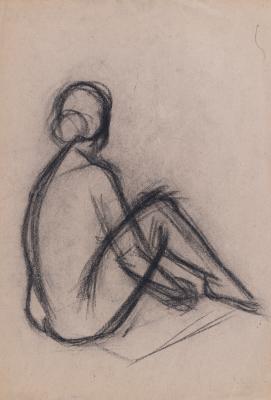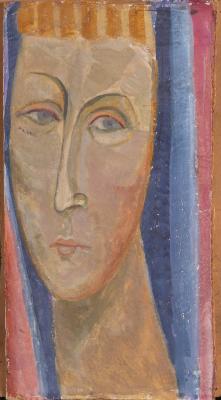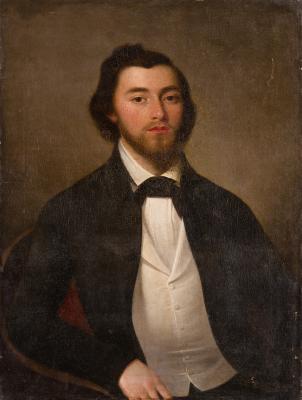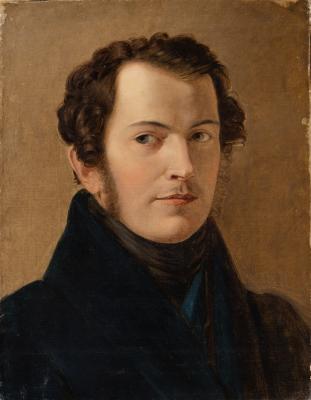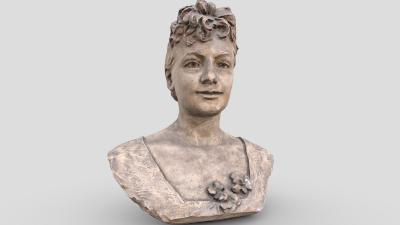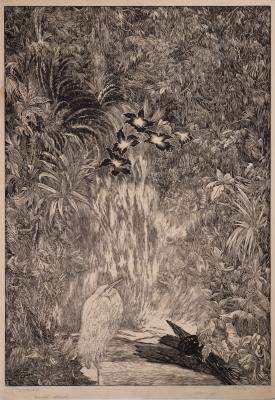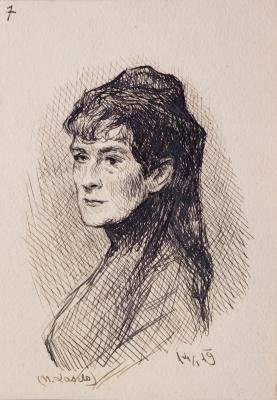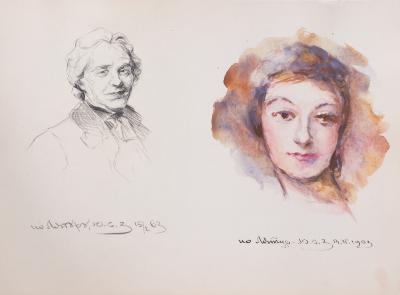Flowers in a Vase
Jozef Czapski
- ID
- Ж-4993
- Author
- Jozef Czapski
- Name
- Flowers in a Vase
- Date of creation
- 1927
- Country
- Poland
- Culture
- Eastern Europe
- Technique
- oil painting
- Material
- canvas oil
- Dimensions (height x width, cm)
- 55.5 x 48
- Type
- painting
- Genre
- still life
- Provenance
- Purchased from Y. Yamroz, 1974










